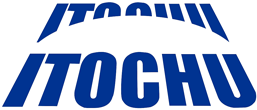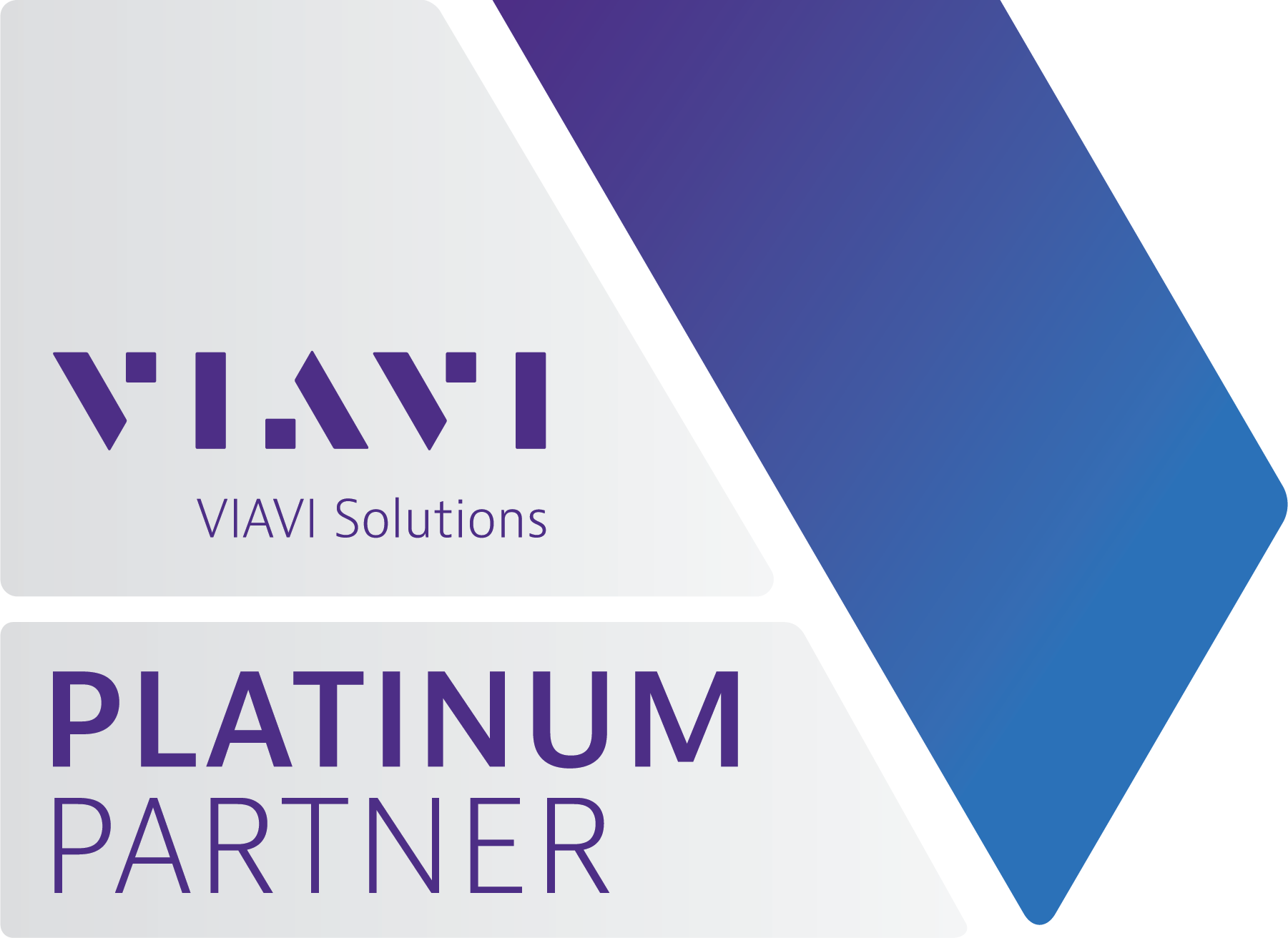IEC Standard 61300-3-35
IEC Standard 61300-3-35 is a global, common set of requirements for fiber optic connector end face quality designed to guarantee insertion loss and return loss performance. The standard contains pass/fail requirements for fiber inspection and analysis of the end face of an optical connector, specifying separate criteria for different types of connections (for example, SM-PC, SM-UPC, SM-APC, MM, and multi-fiber connectors). The quality values used in the IEC Standard are the result of years of extensive testing of scratched, damaged, or dirty optical connectors conducted by a coalition of industry experts including component suppliers, contract manufacturers, network equipment vendors, test equipment vendors, and services providers. As a result, the IEC Standard represents a reliable and repeatable standard of quality that guarantees a common level of product and network performance throughout the entire fiber optic life cycle. Receive full details on the IEC Standard by purchasing copies of the copyrighted document at www.ansi.org and searching for “61300-3-35.”
The IEC Standard is designed to guarantee a common level of fiber optic connector performance, but it only works when compliance exists every time connectors are mated. In the industry-wide effort to comply with the standard, current fiber optic handling best practices recommend systematic proactive end face fiber inspection before connection.
VIAVI Solutions reinforces this practice with its widely used proactive inspection model—Inspect Before You Connect (IBYC). While current research shows that the IBYC process is reducing the installation of contaminated fibers and improving network performance, the variables associated with manual fiber inspection (for example, technician eyesight and expertise, ambient lighting, and display conditions), keep manual fiber optic inspection from being a 100-percent reliable and repeatable method of assuring a common level of end face quality and IEC compliance. In addition, because no record of the end face condition is created, certification of quality at the point of installation using manual fiber optic inspection is impractical.
Recognizing the variables and limitations of manual inspection, the IEC used the programmable fiber inspection and analysis software FiberChek2® to develop the standard. Automating the fiber optic inspection process using programmable software eliminates the variables associated with manual fiber inspection and provides a documentable and certifiable record of the quality of the connector end face at the point of installation. Because the IEC standard requires the tester to know the exact location and size of surface defects (for example, scratches, pits, and debris), automated fiber optic inspection and analysis using software programmed to specified pass/fail criteria is the only 100-percent reliable and repeatable way to achieve and certify IEC or customer-specified compliance for fiber optic end face quality—which is also the only way to realize the speed and bandwidth performance promised by next-generation networks.
VIAVI-developed solutions automate the pass/fail process using research-based parameters extracted from nearly 20 years of testing on a constantly expanding database of fibers and fiber devices (for example, SM, MM, Ribbon, E2000, SFP/XFP, bend-insensitive fibers, lenses, and other interfaces). Conducted by a coalition of industry experts, including component suppliers and contract manufacturers, this extensive testing combined with widespread use by component manufacturers, integrators/CMs, OEMs, third-party installers, and service providers make fiber optic inspection solutions from VIAVI the current proven industry standard for automated objective fiber optic connector end face fiber inspection. The combination of common requirements (IEC 61300-3-35) and automated fiber inspection and analysis from VIAVI have measurably impacted product quality throughout the supply chain.



